Cleaning
Amanda Hesser's One-Stop Guide to Organizing Your Pantry
It shouldn’t be a storage unit, but rather, a tool kit.
Photo by Mark Weinberg

It's here: Our game-changing guide to everyone's favorite room in the house. Your Do-Anything Kitchen gathers the smartest ideas and savviest tricks—from our community, test kitchen, and cooks we love—to help transform your space into its best self.
Grab your copyPopular on Food52
57 Comments
dora
April 10, 2018
I also date everything when I put them in containers. Esp spices and baking goods.
Nancy H.
March 29, 2017
I make extensive use of lazy susans in my pantry which is about 8'X7'x2.5'. You can get 24" diameter lazy susans and on down from there. Their value is that everything stuck in the back or up too high spins to arrive right at your fingertips.
Marta
November 2, 2016
Hi,
I love your ideas and tips. I have a question: my kitchen has deep narrow shelving. I try to put tall items at the back and then I put a round cake mold with marbles with a second mold one inside, to make a rotating tray. It works, but I feel I loose space. Any suggestions?
I love your ideas and tips. I have a question: my kitchen has deep narrow shelving. I try to put tall items at the back and then I put a round cake mold with marbles with a second mold one inside, to make a rotating tray. It works, but I feel I loose space. Any suggestions?
Amanda H.
November 2, 2016
Hi Marta, I would love to help but am not sure I'm picturing what you describe. With long deep cabinets sometimes you just need to put the less frequently used items in the back, to maximize space.
iheartblueberries
September 20, 2016
Is there a recommendation on DEPTH of shelves? I'm sure there is a standard, but of course everything can become custom.
I wonder just how many rows of jars/containers one can move out of the way to reach something before it becomes an inefficient and cumbersome effort?
I wonder just how many rows of jars/containers one can move out of the way to reach something before it becomes an inefficient and cumbersome effort?
Amanda H.
September 20, 2016
Ideally, there are no more than 2-3 rows of containers, but since many cabinets have standard depths and the size of your containers may vary, most people just deal with what they have. If I were designing a pantry to be custom made, I'd aim for shelves that held 2 rows of containers.
cosmiccook
September 16, 2016
So where do I purchase the spice jars shown in the image? I don't see them on your website. I already have the stainless containers with clear tops and magnets on the bottom. They were an expensive mistake. (I have 80 of them) The seals go bad, the tops crack and the magnets get crud on them despite frequent wiping/cleaning. They tend to spill a lot while in the draw too (bad seals).
Amanda H.
September 18, 2016
Hi Cosmicook -- do you mean these: https://food52.com/shop/products/792-spice-rack-tins-with-erasable-labels
Let us know.
Let us know.
Ellen
May 31, 2016
Great article, thanks! Every time I scrolled down an annoying box popped up. "LIKE IT? SAVE IT!" Even when I clicked on the X it wouldn't disappear. Very distracting from a helpful article.
Amanda H.
May 31, 2016
Hi Ellen, sorry about this. It should only appear once -- I'll let our tech team know. Alternatively, if you sign up for an account and log in, you won't see this box anymore. Thanks for letting us know.
Patty
May 16, 2016
Hi there,
I only wish one could find more square/rectangular jars - round is so space-wasting, as the cabinets are square, thus more space if square is used! Just like dishes. However, your principles are spot-on!
I only wish one could find more square/rectangular jars - round is so space-wasting, as the cabinets are square, thus more space if square is used! Just like dishes. However, your principles are spot-on!
Patty
May 16, 2016
I see others think the same thing about the square vs. round and also re-using jars of foods that are depleted - I have a huge stash and use them regularly (especially the square-y ones :) )
btglenn
August 1, 2016
I have been using square Stor-Keeper plastic containers for ice-cream in my freezer. They com in quart, pint and pint and a half sizes with a tight-fitting lid. While I prefer glass for reactive foods, there are excellent for flours, beans, nails and strings, etc. They are available at Ace Hardware stores, you can buy them on-line and have them delivered free for pickup at your local hardware store. They come 3 or 4 to a package. I just ordered a package of each size for under $14.00. I also use pint-size glass containers used for canning. most of the imports, not those from Ball, are relatively squarish.
marijke S.
May 13, 2016
Awesome ideas for living in our motorhome! IKEA and Container Stores, here I come.
Brain H.
May 13, 2016
I really like the tall skinny 1.5 liter Mason jars I got on the Food52 shop. They are great for storing bulk items like quinoa and chickpeas, and I can use them for canning too. When I teach healthy cooking classes, it helps give students a visual overview of foods they should be eating. https://food52.com/shop/products/188-ball-1-5-pint-wide-mouth-canning-9-jars
Catherine S.
May 5, 2016
I don't use plastic as I find the stored grains, flours, etc. absorb the smell of it. YUCK! But I enjoyed your article, too. I'm cleaning out my pantry, too, and literally wrote the book on them. (and my daughter, 27, is an Addie!) Best wishes, Catherine Pond
www.CatherinePond.com
www.CatherinePond.com
Betty L.
May 3, 2016
Don't keep nuts in the pantry -- put them in the freezer so the oils don't go rancid
btglenn
January 6, 2016
Why buy containers when you can use the glass jars that many different types of groceries are bottled in. Through the years I have used these glass jars. They come in several standard sizes from very large to quite small. Washed and labeled, they offer clear, non-reactive containers that are free!
Regarding stepladders -- the recommended footstool type would be a poor choice for anyone unloading a box or jar from an upper shelf. For those with even the slightest balance problem, who has nothing to hold on to, the footstool, while easy to carry around, can be a fall in the making . For anyone my choice is a small stepladder with a bar to hold on to, that folds to a width of 3 to 4 inches for easy storing.
Regarding stepladders -- the recommended footstool type would be a poor choice for anyone unloading a box or jar from an upper shelf. For those with even the slightest balance problem, who has nothing to hold on to, the footstool, while easy to carry around, can be a fall in the making . For anyone my choice is a small stepladder with a bar to hold on to, that folds to a width of 3 to 4 inches for easy storing.
Jolene C.
May 18, 2016
This is what we do in our home, too! When you buy the same items consistently, you still get the uniformity of buying a package of the same-sized jars.
Cyndi
January 6, 2016
I use canning jars for my spices. As for labels, I simply typed a list of everything, printed it and used a glue stick (or tape) to apply the "label" on the lid. Just to be 'fancy', I color coded most of them (green for dill weed, red-orange for curry blends, yellow for turmeric, etc.). For practicality, they are all in alphabetical order.
Holly F.
October 27, 2015
Ok this has inspired me. Now can we buy these containers in bulk at a better price anywhere? I looked on Amazon and 30$ for 3 (1 quart with lid) is not a bad price but if you are wanting 10 of them a bulk discount would be awesome..ordering the book to!!
Lynda H.
October 27, 2015
Webstaurantstore.com sells Cambro (no BPA) food storage containers and offers bulk prices. A 2-qt container is $3.10 for 6 or more ($3.39 for 1 to 5). Lids are $1.68 for 6 or more ($1.79 for 1-5). Lots of different sizes.
aleeda
October 27, 2015
Webstaurantstore.com operates as Restaurant Depot if you'd like to see the full selection in person; they have a large number of locations.
NicolePDX
September 15, 2015
Where did you get the labeler to make the spice labels? Thanks!
Betsy H.
May 17, 2016
It also comes with tape widths of 1/2" and 3/4". For the cabinet labels for our new church kitchen (a lot of elderly people help with coffee hour), I used the 3/4" machine and clear tape (so the maple cabinets aren't messed up with white strips. The Brother machines that use the wider tape can also take the narrower. HOWEVER, the smaller machines that take the narrow tape won't take the wider. So be careful at Staples that you get the machine you want/need. Trust me, we now own two label makers.
Traveler
September 11, 2015
The problem I have with my pantry shelves which, by the way, look just like the ones above your tip #1, is with canned goods. Because the shelves have the wood fronts, I find it difficult to identify the cans in there as all I can see are the tops of the cans. If I had it to do over, I think I would get wire shelving.
aleeda
September 11, 2015
Call me crazy, but the other thing I've done, where possible, is only use SQUARE containers. I love the freezer containers used for jellies. They come in half pints, quarts and half gallons, and allow me to store things more efficiently than round containers. They seal cleanly and easily, are inexpensive and easy to find, keep the foods airtight, and are dishwasher safe. For labels, I use any kind of paper with package sealing tape. It allows me to change the labels, and keep them neat, clean and easy to read. I like the Cambro Square containers for large things like flour and rice.
ktr
May 2, 2016
I recently reorganized my pantry and purchased square and rectangular containers. I love how they fit together and don't waste any space. I also recommend making sure your containers are wide enough for your measuring cups or spoons. I used to use mason jars but hated having to either spoon or pour out ingredients from them. I still use them for easily poured items like quinoa and rice, but plan on converting them over to square containers in the future.
Carla
September 11, 2015
Great suggestions....I finally grouped all the Asian and Indian pantry ingredients into their own plastic tubs...the dry stuff is in the cool basement and the refrigerated items in the extra fridge. So much easier having all those items in one container to grab..and put away after use.

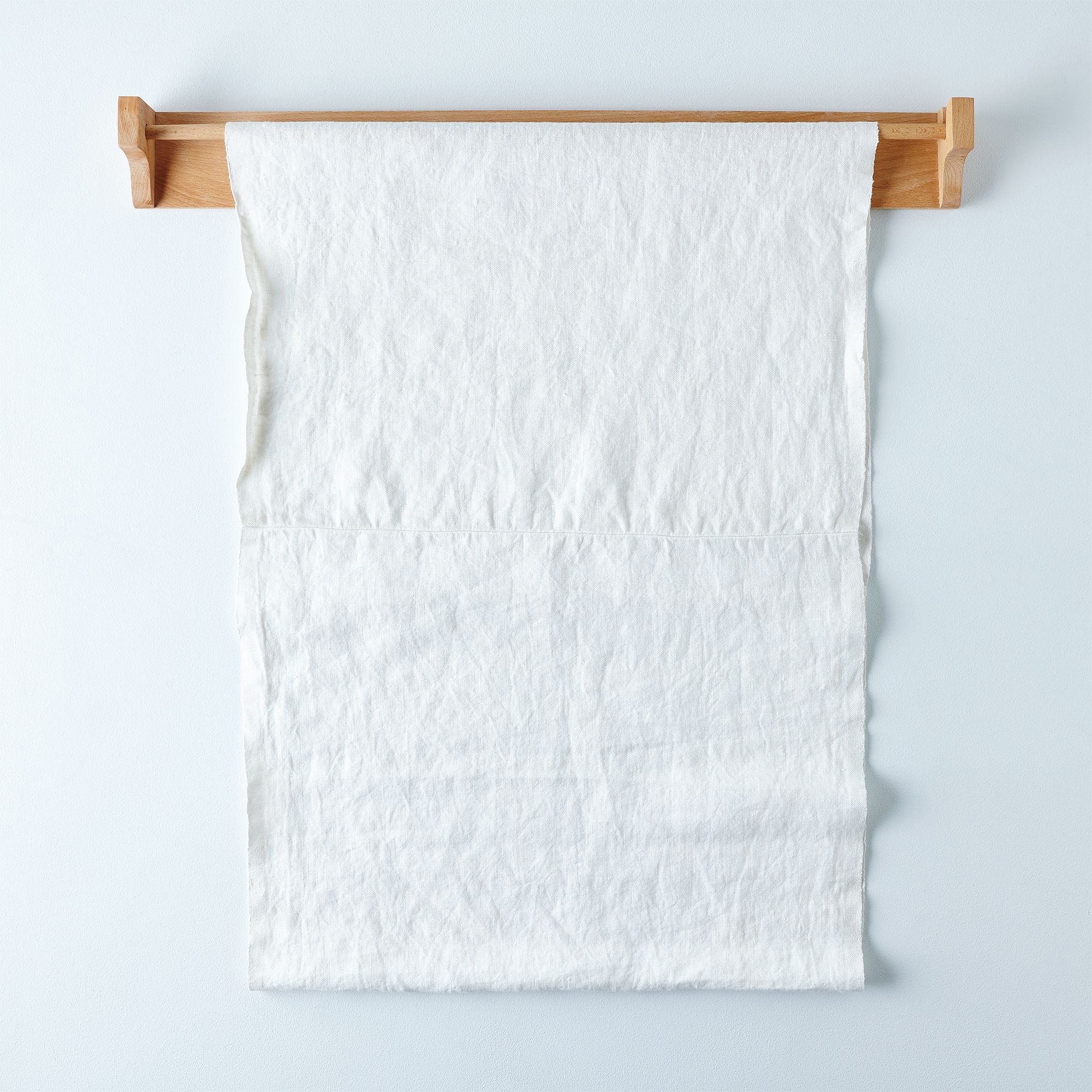

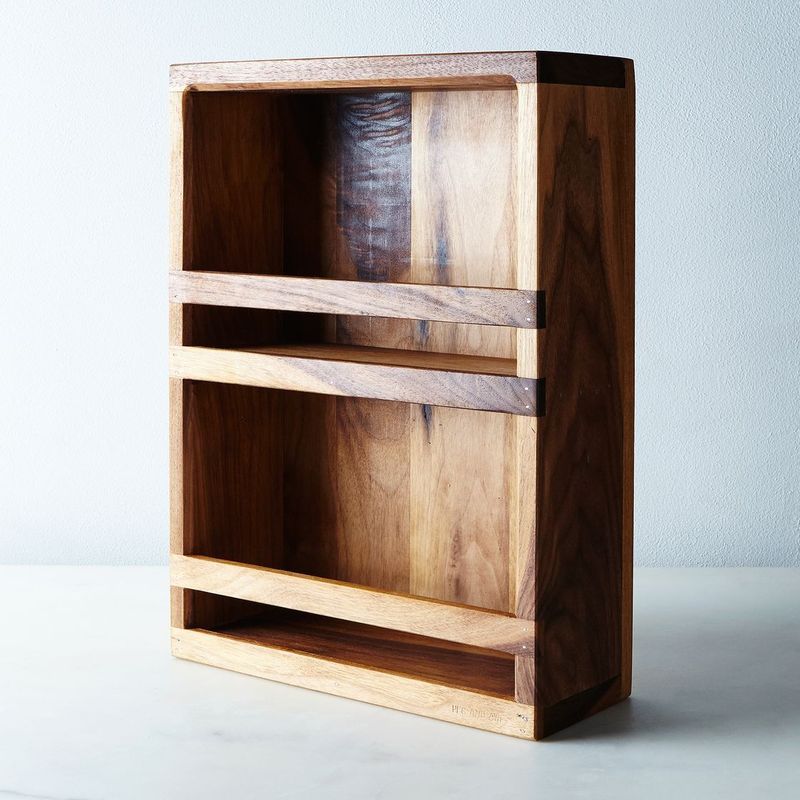
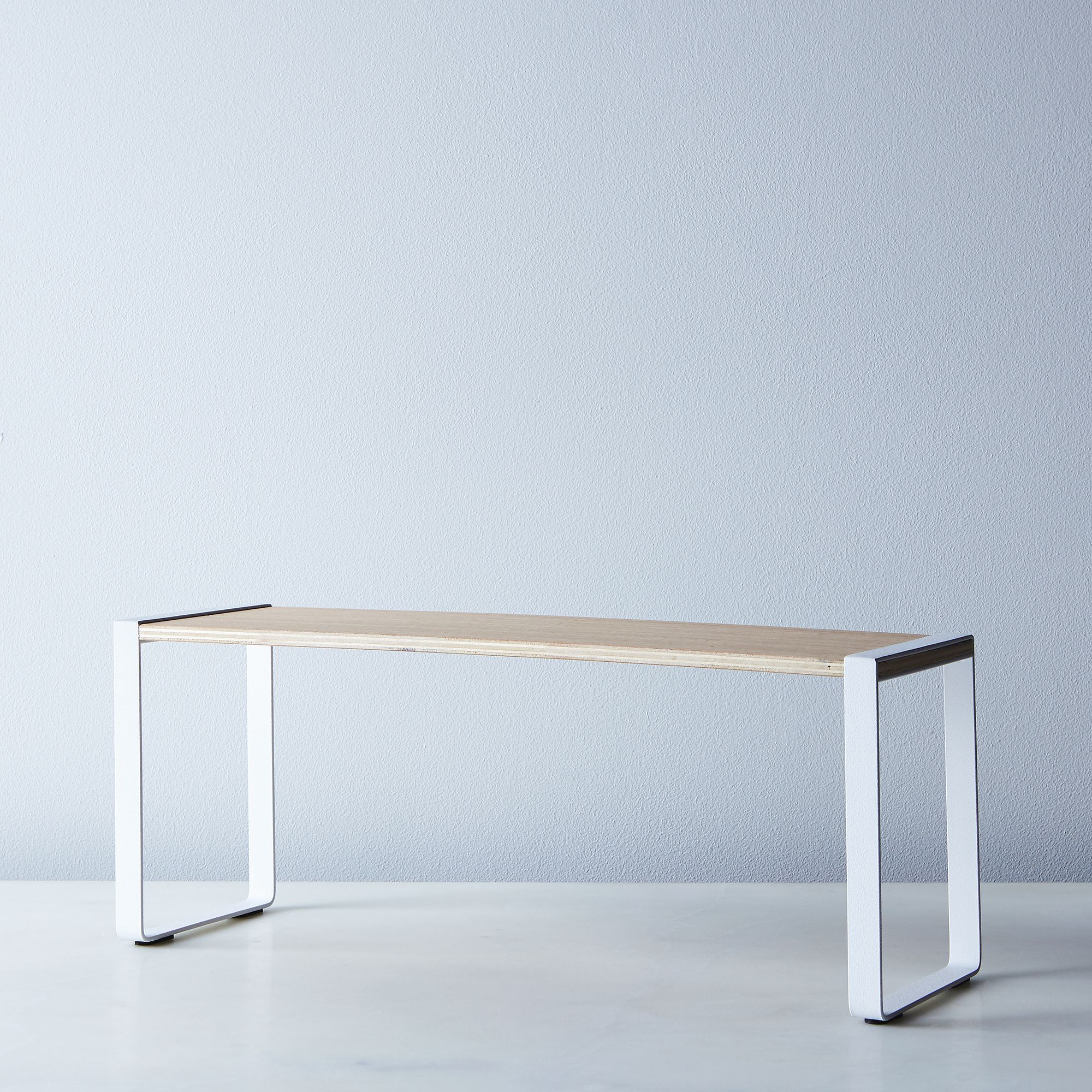
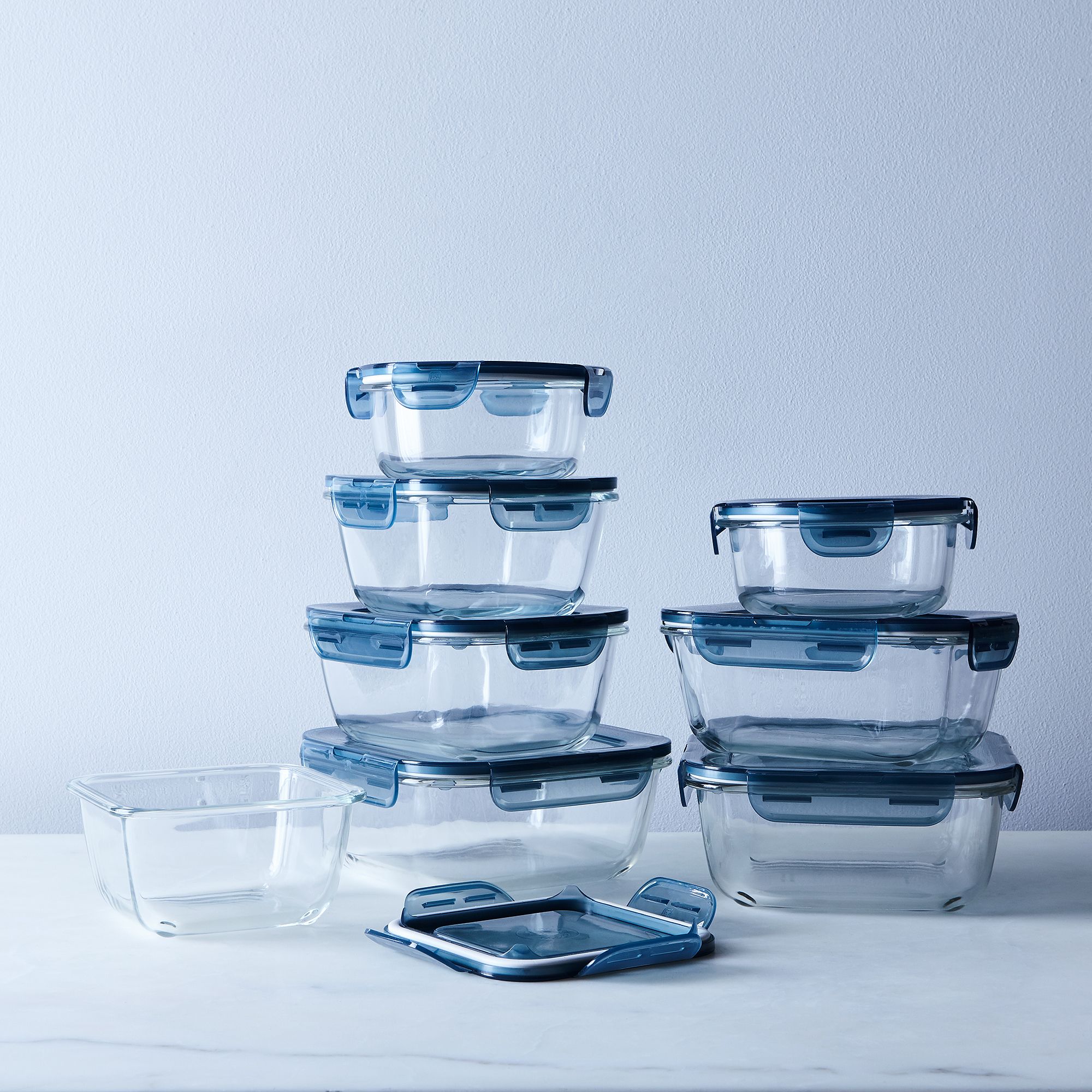

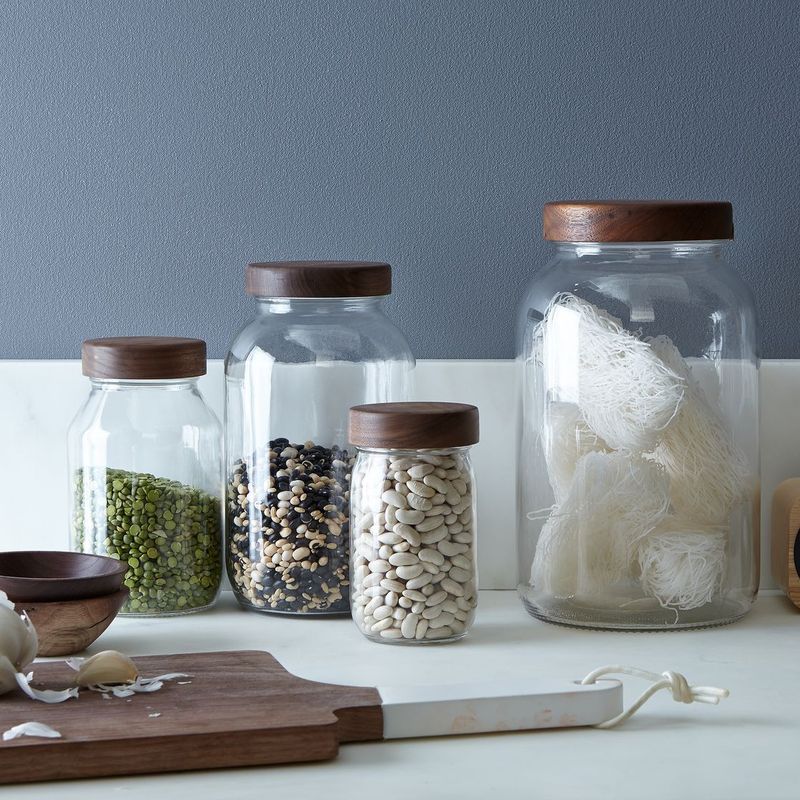

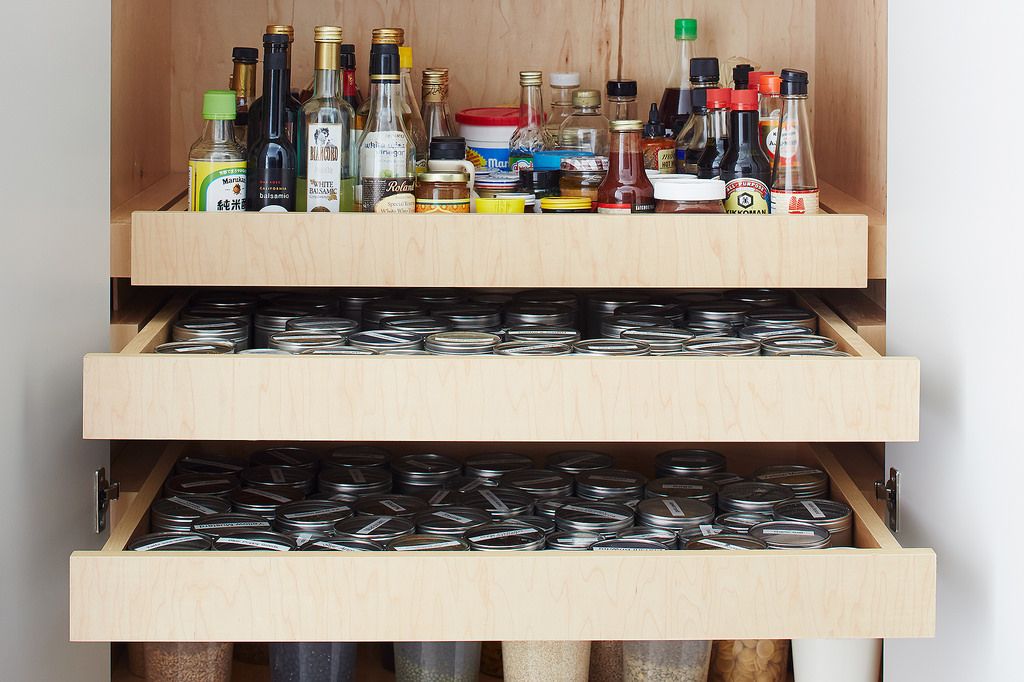
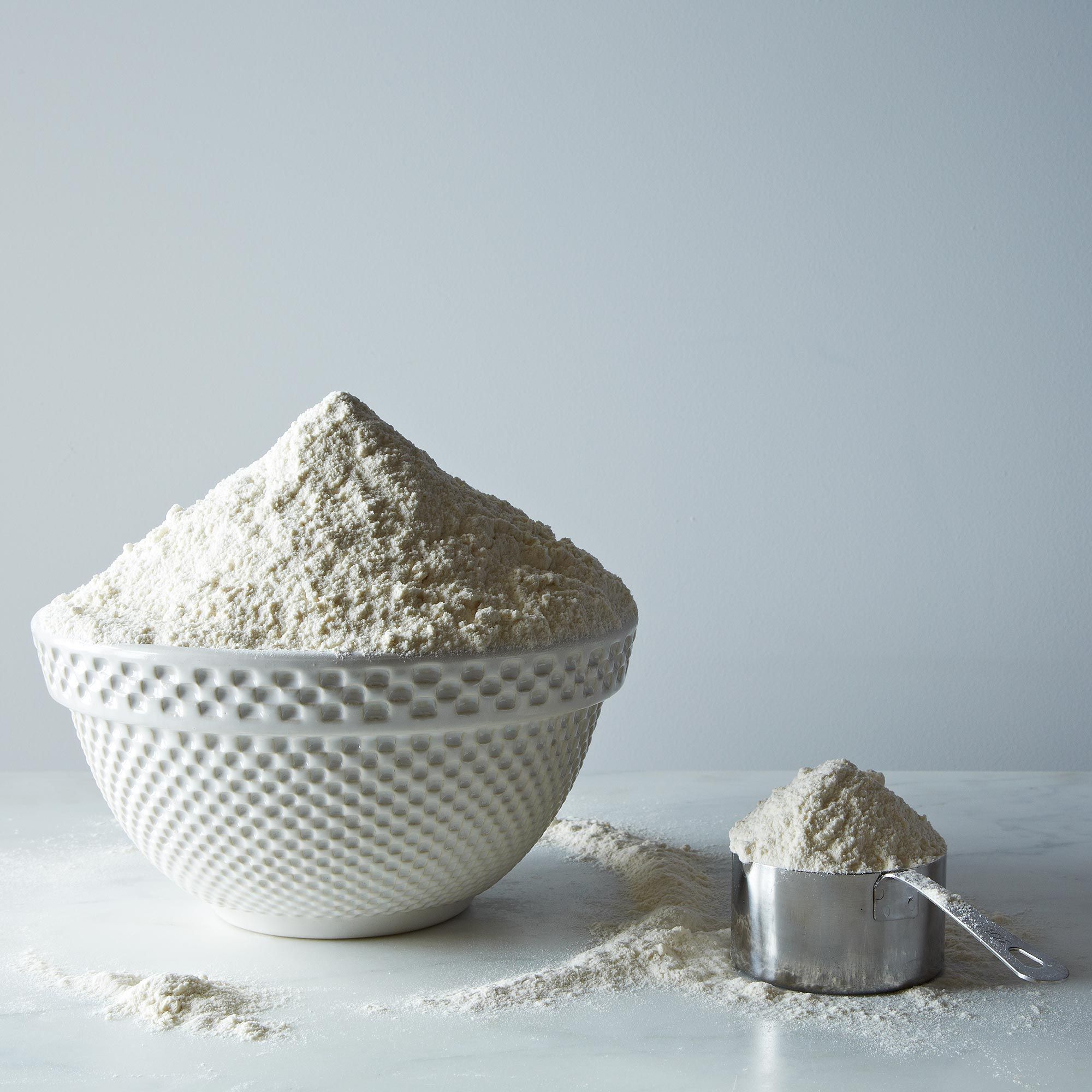
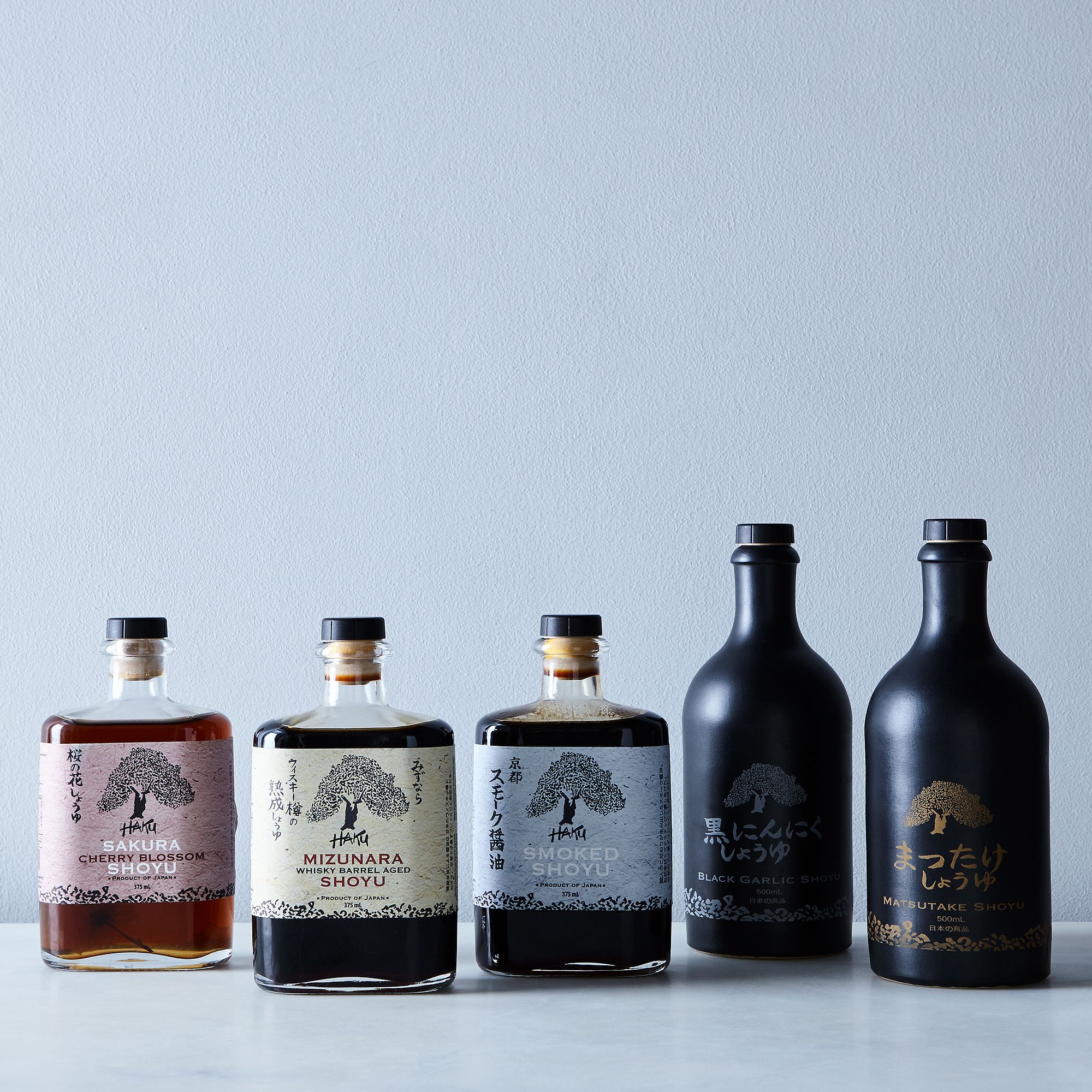


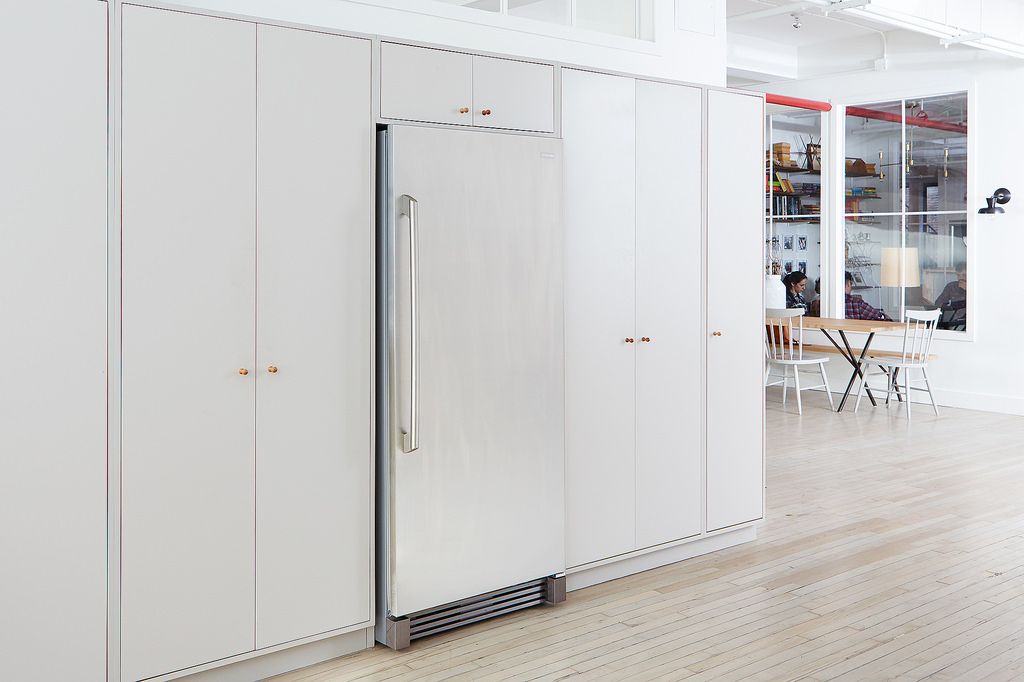 The pantry in our office has tall cabinets with adjustable shelves and a roomy freezer—and right around the corner is the test kitchen.
The pantry in our office has tall cabinets with adjustable shelves and a roomy freezer—and right around the corner is the test kitchen.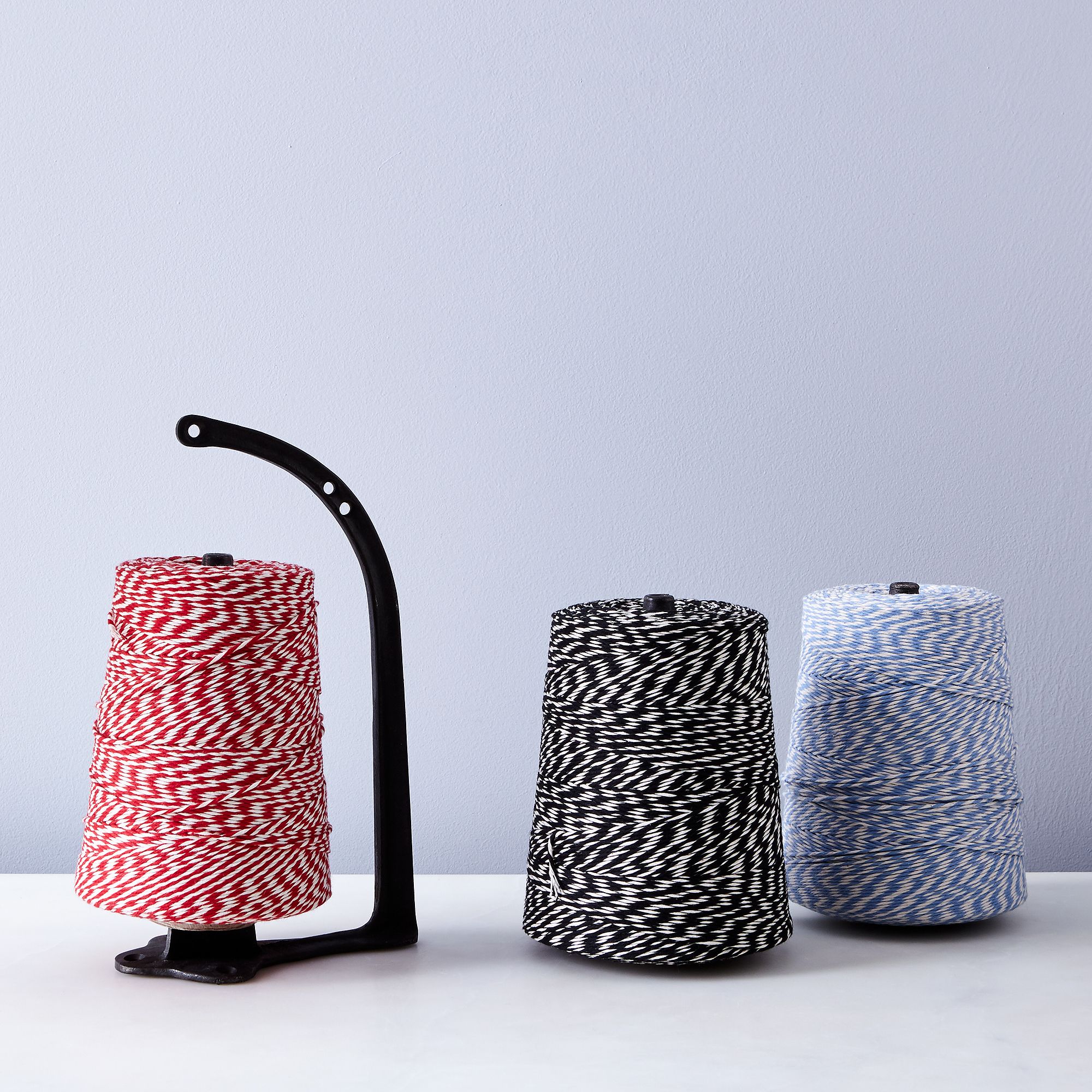
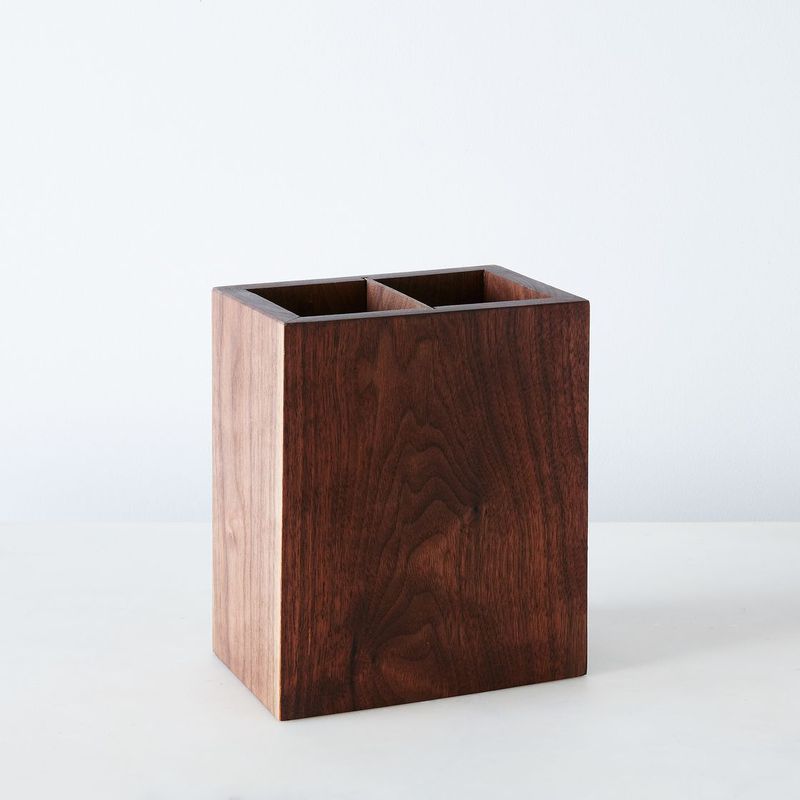
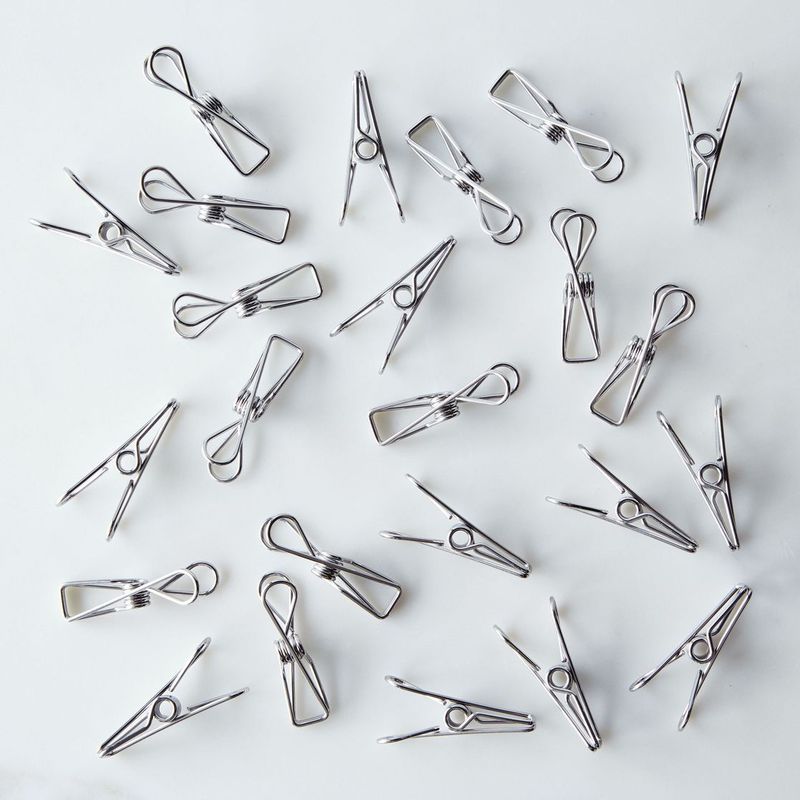
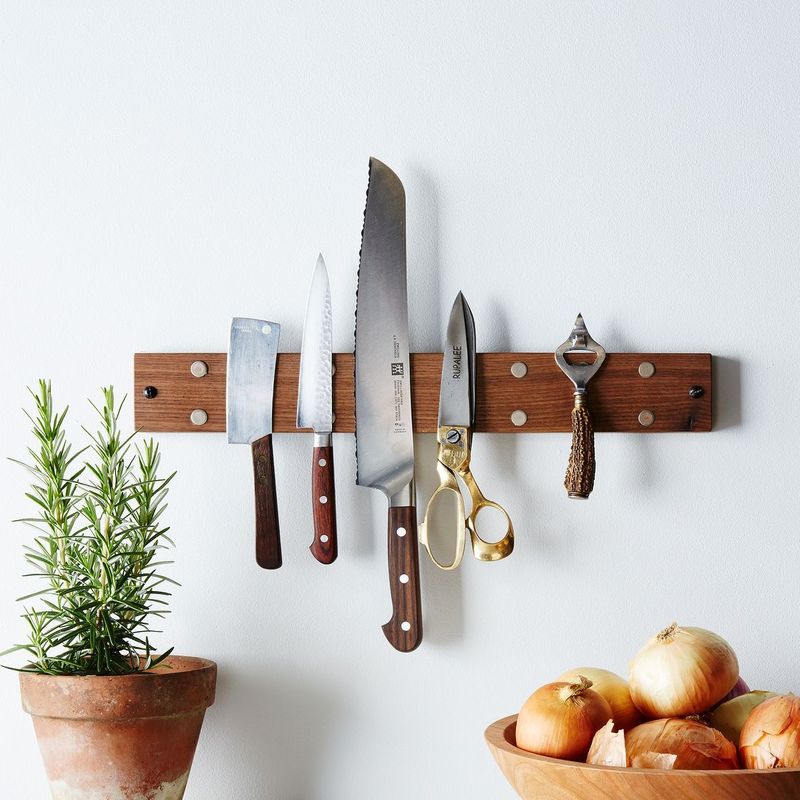

See what other Food52 readers are saying.